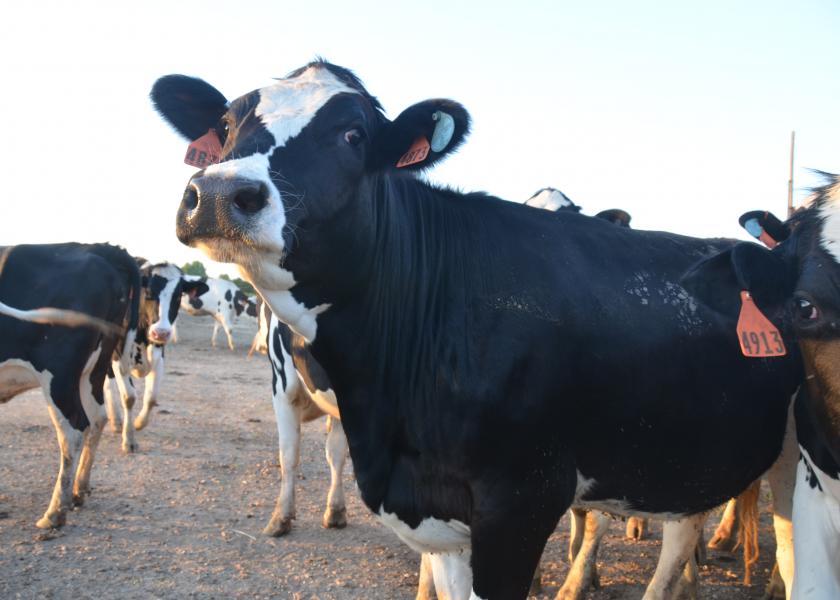How Many Heifers Do You Need?

Determining how many replacement heifers you need is not easily answered. The best answer, and not a very definitive one is: “It depends,” says Mike Overton, a dairy analytics advisor with Elanco Animal Health.
He spoke recently at the Professional Dairy Producers of Wisconsin Business Conference in virtual format due to the COVID-19 pandemic.
Many dairy farmers now are breeding for heifers much more selectively, using sexed semen on heifers and their best older cows, and then either using conventional semen or beef semen simply to get other cows pregnant to remain in the herd. That’s a good strategy, he says, with one big caution:
“Don’t plan your future heifer inventory so tightly that you have no wriggle room with future cow culling,” Overton says. “I’m afraid some herds have done that and their turnover will come down. They might not have enough heifers and that might force them to keep [older] cows that should have been culled.”
The actual number of heifers you need can be quite surprising simply because every heifer calf that is planned does not necessarily end up in the milking herd 22 to 24 months later. For example, there are early pregnancy abortions and still births to account for before you even get a live heifer calf on the ground. Then you will have death losses and heifer culling due to sickness and poor growth during the rearing phase. Plus, not all heifers become pregnant during the breeding period.
If you work those percentages through to the end, perhaps only 75 to 80% of heifers thar are born reach the milking herd. In Overton’s example, he assumes a herd turnover rate of 39%, meaning a 1,000-cow herd needs 390 replacements are needed each year. (Note: The 39% herd turnover rate was the average replacement rate in a 50-herd study Overton did last year using DairyComp records. The herds’ average size was 2,410 cows with a 305-day mature equivalent milk production average of 28,239 lb/cow.)
Doing the math, with a 78% heifer survival rate through calving, you would actually need 498 heifer calves born to achieve 390 heifers that actually calve in. That is further discounted by 6% dead-on-arrival estimate, so the actual number of heifers needed is further increased by 30. So to achieve 390 live replacement heifers entering the milk string, you need to plan for 528 heifer calves born.
And, of course, that’s not the final answer. Much will depend on your individual farm’s management and your ability to grow healthy heifers that reach breeding age at the correct weight and calve in at 85% of mature weight after calving. Your reproductive program and breeding efficiency also are major factors in the number of heifer calves your herd will produce in a year. The example below looks at the effect of 21-Day Pregnancy Rate on the number of heifers produced in a 1,200-cow herd using conventional semen. See table.
21-Day Pregnancy Rate 16% 23% 28%
Percent of cows that calve/year 60% 66% 68%
Number of calves produced 729 792 816
Number of heifers produced (conventional semen) 346 380 392
Difference from lower preg rate +34 +12
In this example, a 1,200 cow herd with a 23% pregnancy rate (PR) will produce 34 more heifer calves per year than a herd with 16%. And a herd with a 28% PR will produce 12 more heifer calves than a herd with a 23% PR and 48 more heifer calves than a herd with a 16% PR.
Some herds are doing even better than that with PRs exceeding 30%. But even these herds might not be achieving the number of heifers they need using conventional semen alone. That’s where the use of sex-sorted semen comes into the picture.
For more information on heifer growth and its impact on future milk production, click here.







